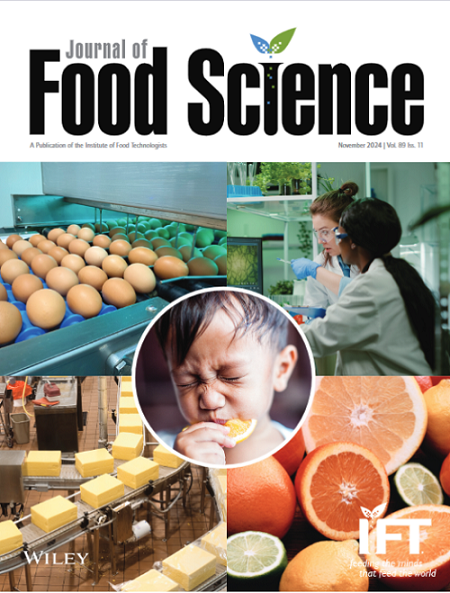Cold atmospheric plasma treatment induces oxidative stress and alters microbial community profile in the leaves of sweet basil (Ocimum basilicum var. Kiera) plant
Abstract
The oxidative species generated by cold atmospheric plasma (CAP) treatment can impact the plant stress response system. We hypothesized that this response is not limited to the site of CAP application and it is transmitted through the plant. The resulting stress response can influence the plant microbiome on the intact plant. These hypotheses were tested by the application of CAP to live sweet basil (Ocimum basilicum var. Kiera). A single upper leaf of the plant underwent a 60 s CAP treatment at three different wattage intensity levels. Reactive oxygen species (ROS) generation in directly treated leaves and leaves in the vicinity of the treatment site (i.e., one, two, or three nodes away) was measured using the fluorescein degradation assay (ex/em: 485/525). Leaves directly exposed to CAP showed a marked increase in ROS production. Interestingly, basil leaves not directly treated by CAP also showed a significant (p < 0.05) increase in ROS generation compared to untreated control, extending to the two nearest nodes from the treatment site in all plants tested. The leaf microbiomes were evaluated using 16S rRNA gene sequencing. CAP appeared to drive restructuring of the leaf microbiota profiles, despite maintaining a similar α-diversity. CAP treatment intensity led to significant differences (p < 0.05) in the relative abundances of a variety of dominant bacterial families (e.g., Psuedomonadaceae and Streptomycetaceae) and phyla, and the effects on certain taxa were dependent on leaf distance from the treatment site. CAP's ability to restructure plant microbiota may have applications to improve produce microbial safety and shelf-life.
Practical Application
Cold atmospheric plasma induces a stress response in a living plant beyond the site of application. This response includes an increase in the production of reactive oxygen species that can trigger pathways to enhance the production of phytochemicals. CAP treatment also alters the microbial community profile, possibly through plant stress response. Results from this study can be useful in developing CAP treatment of intact plant for improved growth, production of health-benefiting phytochemicals, and managing its microbiota.


 求助内容:
求助内容: 应助结果提醒方式:
应助结果提醒方式:


